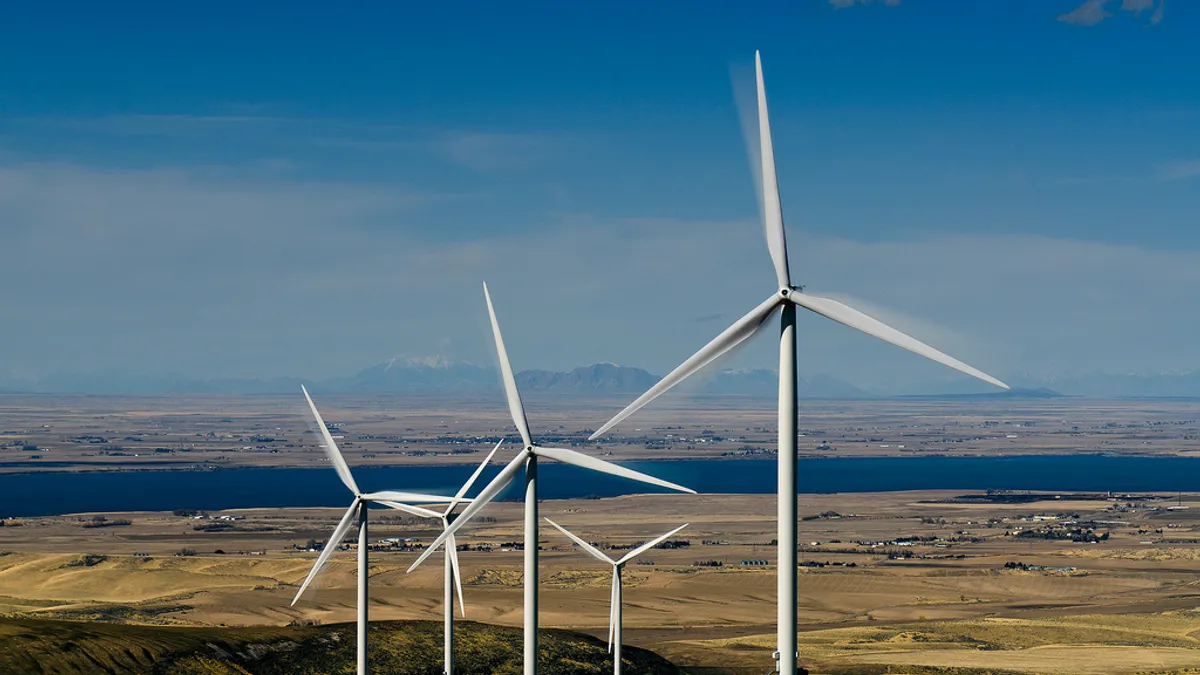Dive Brief:
- Hydropower, long the leading source of renewable energy in the United States, is slated to be overtaken by wind generation by the end of 2017, Generation Hub reports. At the end of 2015, wind accounted for 6.33% of the U.S. power mix and hydro made up 8.41%.
- There are 12,329 MW of wind in construction or planning but only 317 MW of hydropower capacity in construction or planning at present, according to recent FERC numbers. By the end of 2017, wind is likely to account for about 8.4% of the U.S. electricity supply and challenge hydro for the U.S. renewables lead.
- Wind’s growth is expected to accelerate over the next five years as the extension of its $0.023 per kWh production tax credit (PTC) peaks before phasing out after 2022. Hydropower is likely to continue to grow slowly due to project permitting rigors and financing challenges that can take ten years.
Dive Insight:
Wind led all new U.S. utility-scale capacity additions in 2015, beating the 5,942 MW of capacity added by natural gas and the 2,157 MW of new utility-scale solar, according to Federal Energy Regulatory Commission numbers.
While the Department of Energy estimates that wind could be the single biggest source of electricity capacity in the United States by midcentury, DOE isn't giving up on more traditional sources of zero-carbon energy. The department is working to streamline hydropower growth, its Wind and Water Power Program Manager Hoyt Battey told Utility Dive last year.
There is a 12 GW technical potential for new capacity in “new stream-reach development,” which is building new facilities in untapped waterways, according to a 2012 DOE study.
The more controversial upgrading of non-power dams to generate electricity could provide another 65 GW of new capacity, according to a separate DOE assessment.
Upgrades at existing hydropower facilities to increase efficiency and capacity and the development of pumped storage facilities also offer potential, Battey said. Pacific Gas and Electric, Southern Company, and Duke Energy are among the investor-owned utilities leading the sector.













